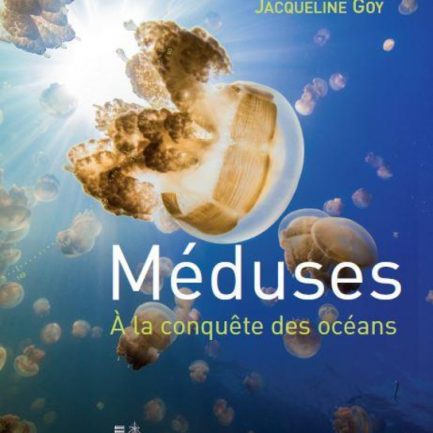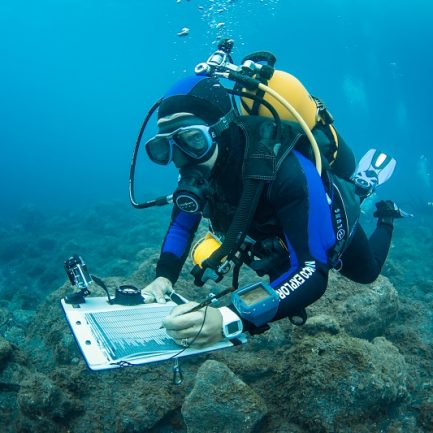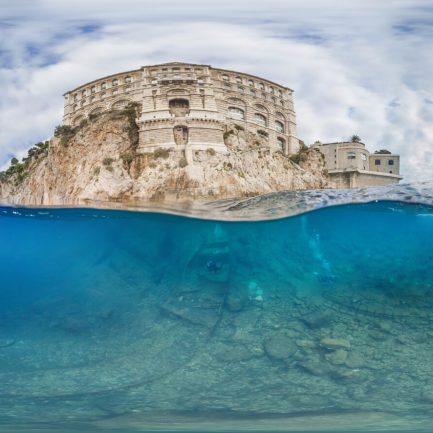Are there any whales in the Mediterranean?
- Home
- Actualités
- Are there any whales in the Mediterranean?
The answer is yes! There are several thousand whales living in the waters of the Mediterranean. It is even not uncommon to see their breath from far away, on crossings to Corsica, for example. Take note, however: human activity is a source of disturbance for this giant mammals, and leaving them in peace is important.
MAMMALS OR WHALES?
There are about ten species of marine mammals in the Mediterranean. Dolphins, of course (common, blue and white, Risso’s, Bottlenose dolphin), but also pilot whales, ziphiuses and some monk seals.
More imposing, the sperm whale and the fin whale are also present in the waters of the Grande Bleue. But by the way, which of them are whales?
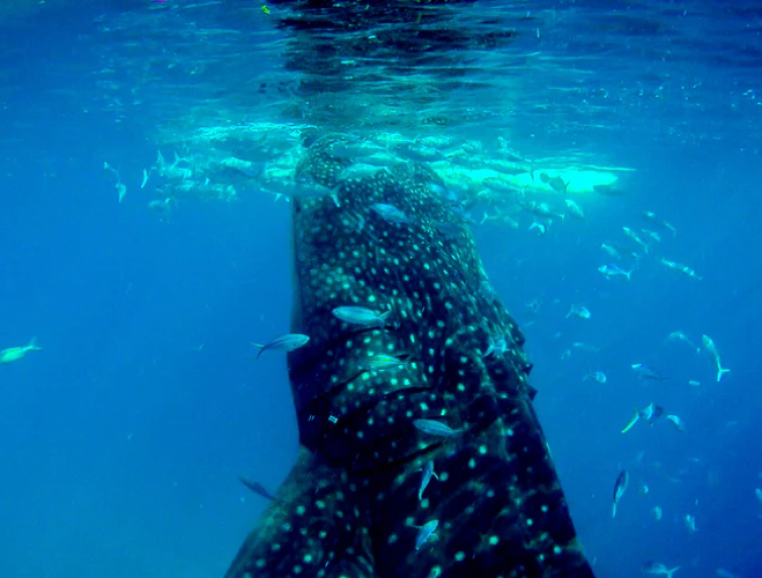
Baleens or teeth?
In common parlance, we tend to refer to all large cetaceans as “whales”. However, only “baleen whales” (mysticetes) are really whales.
The fin whale (up to 22 metres and 70 tonnes) is the main baleen whale in the Mediterranean.
It rubs shoulders with numerous “toothed cetaceans” (odontocetes), the largest of which is the sperm whale (up to 18 metres and 40 tonnes).
Despite its imposing stature, the whale is not strictly speaking a whale, and belongs to the same family as orcas, dolphins, pilot whales, porpoises, etc.
A GIANT OF THE SEAS
The fin whale is the second largest mammal in the world, behind the blue whale.
Although it is still difficult to assess its population precisely, it is estimated that a thousand individuals live in the protected area of the Pelagos Sanctuary, whose purpose is to protect marine mammals in the western Mediterranean, between France and Italy.
The fin whale feeds mainly on krill, small shrimp that it traps in its baleen plates in large quantities. It is capable of diving to depths of over 1,000 metres.
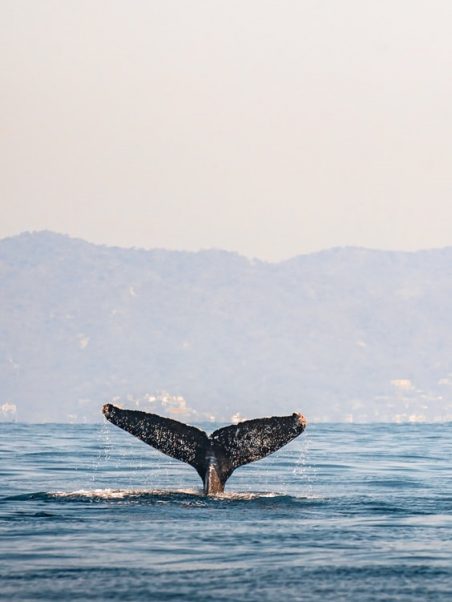
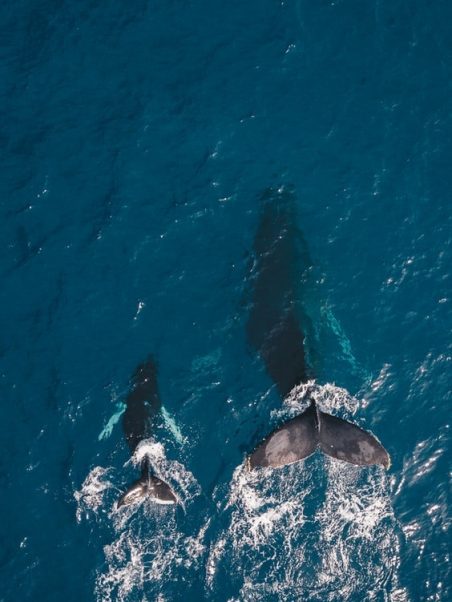
RISKS OF COLLISION
Within the Pelagos Sanctuary, small pups (about 6 metres and 2 tonnes) are born every year in the autumn.
They can live up to 80 years, if their trajectory does not meet that of the fast ships frequent in summer and which they do not seem to be able to avoid when breathing on the surface.
As with sperm whales, this is currently the main risk of accidental death for them. Hence the interest in techniques developed in partnership with certain shipping companies to equip boats with detectors and prevent collisions with these large mammals.







